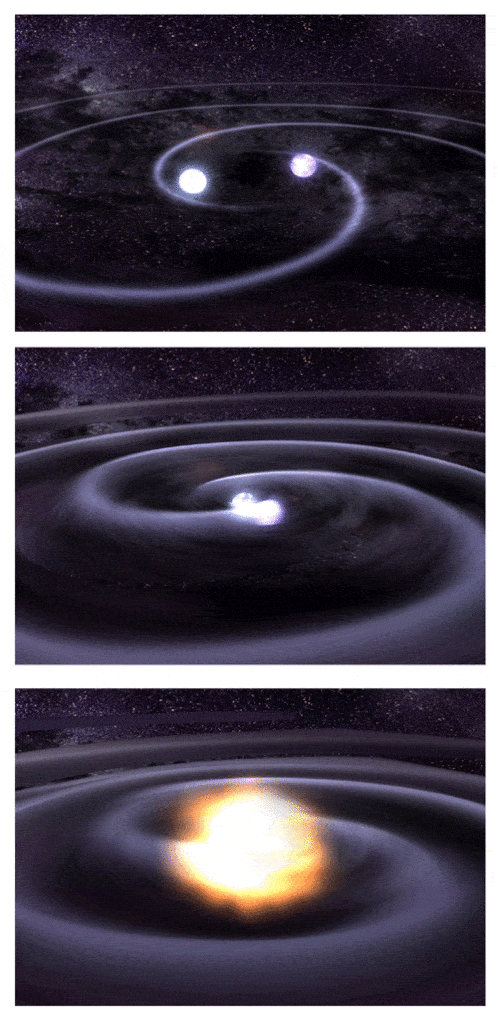The discovery of gravitational waves took the scientific world by storm, confirming a theory first proposed by Einstein. Now, researchers representing LIGO, Virgo, and some 70 observatories are set to announce more details about this intriguing phenomenon.
It was no surprise that this year’s Nobel Prize in Physics was awarded for contributions in detecting gravitational waves. The prize was awarded to three LIGO physicists (Laser Interferometer Gravitational-Wave Observatory), but LIGO itself is a project involving more than a thousand people. The Virgo interferometer also includes over 300 scientists and technicians, and tens of smaller observatories are additionally offering valuable contributions. All in all, many people are working on gravitational waves, and we’re starting to see results.
The first detection of gravitational waves, made Sept. 14, 2015, and announced Feb. 11, 2016. Great claims require great evidence, and physicists wanted to be sure they’ve got these solid claims. Finding these waves is no easy feat — we can only detect them from interactions between massive objects such as neutron stars or black holes, and even these interactions produce incredibly small effects. The interferometers are basically mirrors placed 4 kilometers apart, and they barely distort by 10−18 m, which is less than one-thousandth the charge diameter of a proton.

Binary systems made up of two massive objects orbiting each other are an important source for gravitational-wave astronomy, but even these create incredibly small distortions. Credit: NASA/Dana Berry, Sky Works Digital.
Since 2015, gravitational waves have been detected three more times, the last occasion being a joint report from both LIGO and Virgo. We can say, with a confidence level of over 99.99999%, that we’ve spotted gravitational waves — but this is in no way the end of the story. If anything, it’s the beginning of a new field of science. Gravitational-wave astronomy is witnessing its baby years. The solid theoretical foundation has been there for a century, but the practical part is just beginning — and there’s really no telling how far this field can take us. This is why this announcement is so exciting. Monday, Oct. 16, at 10 a.m. EDT at the National Press Club in Washington, D.C., scientists representing almost everybody who’s working in gravitational wave detection will hold a press conference.
We have really no idea what they are about to announce, but since it’s such a massive participation, it could be something big. Since they were first published, the papers on gravitational waves have been cited more than 1,700 times total, so the scientific world will be listening, and so will we.










